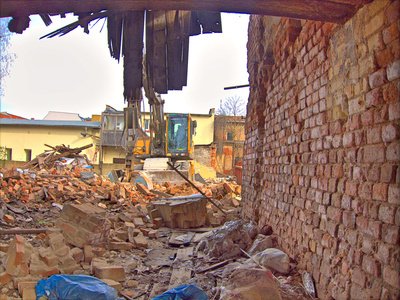The EEA report ’Addressing the environmental and climate footprint of buildings’ assesses the current state of Europe’s buildings stock and looks at what is needed to make Europe’s buildings more sustainable. Renovating existing buildings with sustainable materials while improving climate resilience and working with nature are key. The report also explores what policy actions are needed to achieve that by 2050.
More than 30% of the EU’s environmental footprint comes from buildings, making it the sector with the highest environmental impact. About one third of the Union’s material consumption goes to construction. The use of buildings accounts for 42% of the total energy consumption and 35% of greenhouse gas emissions. Decommissioning buildings leads to the largest waste stream in the EU by weight. Although recycling rates of demolition waste are high, they mainly lead to low-value downcycling, the EEA report says.
Ageing populations, increasing affluence and changing climate are expected to change demands for buildings’ particular uses in Europe, the EEA report notes. More buildings are likely to be needed in cities, and buildings need to contribute to environment and climate solutions, including energy saving and production, protection from climate hazards, and restoring nature.
Renovating existing buildings and using construction products with low environmental impacts throughout their life cycle should be prioritised in making Europe’s building stock sustainable. Buildings need to have lower energy consumption, and they need to be resilient to climate change and support biodiversity, for example, by incorporating green spaces and roofs and vegetation in the building design. A sustainable buildings system should create affordable and accessible housing for all. This aim could be supported by participatory approaches to decision-making which foster strong local communities, alongside subsidies for building renovations and upgrades to increase the affordability of sustainable buildings now and in the future.
Buildings are linked to several key EU policies, including on climate and energy, circular economy, digitalisation, nature, and just transition, although not one broad EU strategy on buildings exist to encompass all.
More recently, the European Commission launched the New European Bauhaus policy and funding initiative in 2021 to foster sustainable solutions for transforming the built environment and lifestyles.
Further, the European Commission is expected to increasingly focus on housing with the announcement of a dedicated Commissioner for Housing, a European Affordable Housing Plan, and a European Strategy for Housing Construction that will include enhancing the environmental performance of construction.











